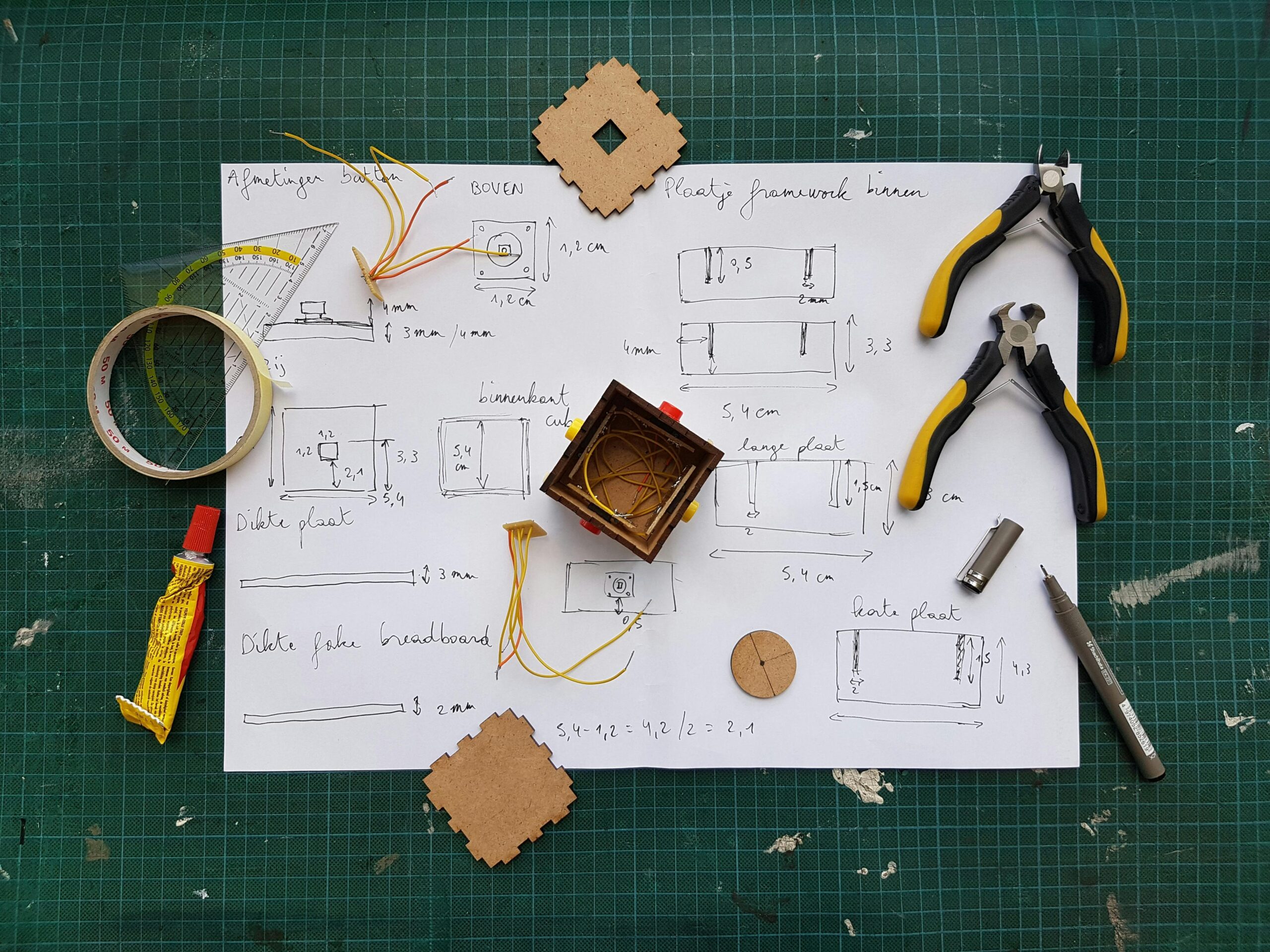The Challenge: Delete old files, emails, and photos stored in the cloud that you no longer need.
This simple action supports Sustainable Development Goal (SDG) 9: Industry, Innovation, and Infrastructure, which promotes sustainable industrialization and efficient infrastructure—including the digital kind. Every file you store in the cloud uses space on physical servers, which require energy to stay powered and cooled 24/7.
Why It Matters
We tend to think of cloud storage as limitless and impact-free—but that’s far from the truth.
- Data centers currently account for about 1–1.5% of global electricity use.
- The average office worker receives over 120 emails per day, and storing just one email emits roughly 0.3g of CO₂—that adds up fast.
- One estimate suggests that the carbon footprint of cloud storage per person could be as much as 60 kg of CO₂ per year—equivalent to driving a car over 150 miles.
By deleting unnecessary cloud files, emails, and backups, you’re not just organizing your digital life—you’re also helping reduce the energy demand of data centers globally.
One Small Action You Can Take
Set aside 10 minutes a week to:
- Empty your email trash and spam folders
- Unsubscribe from newsletters you don’t read
- Delete old cloud-stored files, duplicates, or outdated backups
- Clean up unused apps or files stored in services like Google Drive, Dropbox, or iCloud
This tiny effort reduces the load on data servers, lowers your digital footprint, and makes your storage more efficient.
Caution and Considerations
Before deleting:
- Back up any important documents or photos you may want to keep long term.
- Double-check shared drives or folders to ensure others won’t lose access to important files.
Take the Challenge
Pick one day this week and clean up your cloud. One folder, one inbox, or one app at a time—it all adds up. This small act helps power a more efficient digital world and directly contributes to SDG 9 by promoting smarter, more sustainable infrastructure use.




